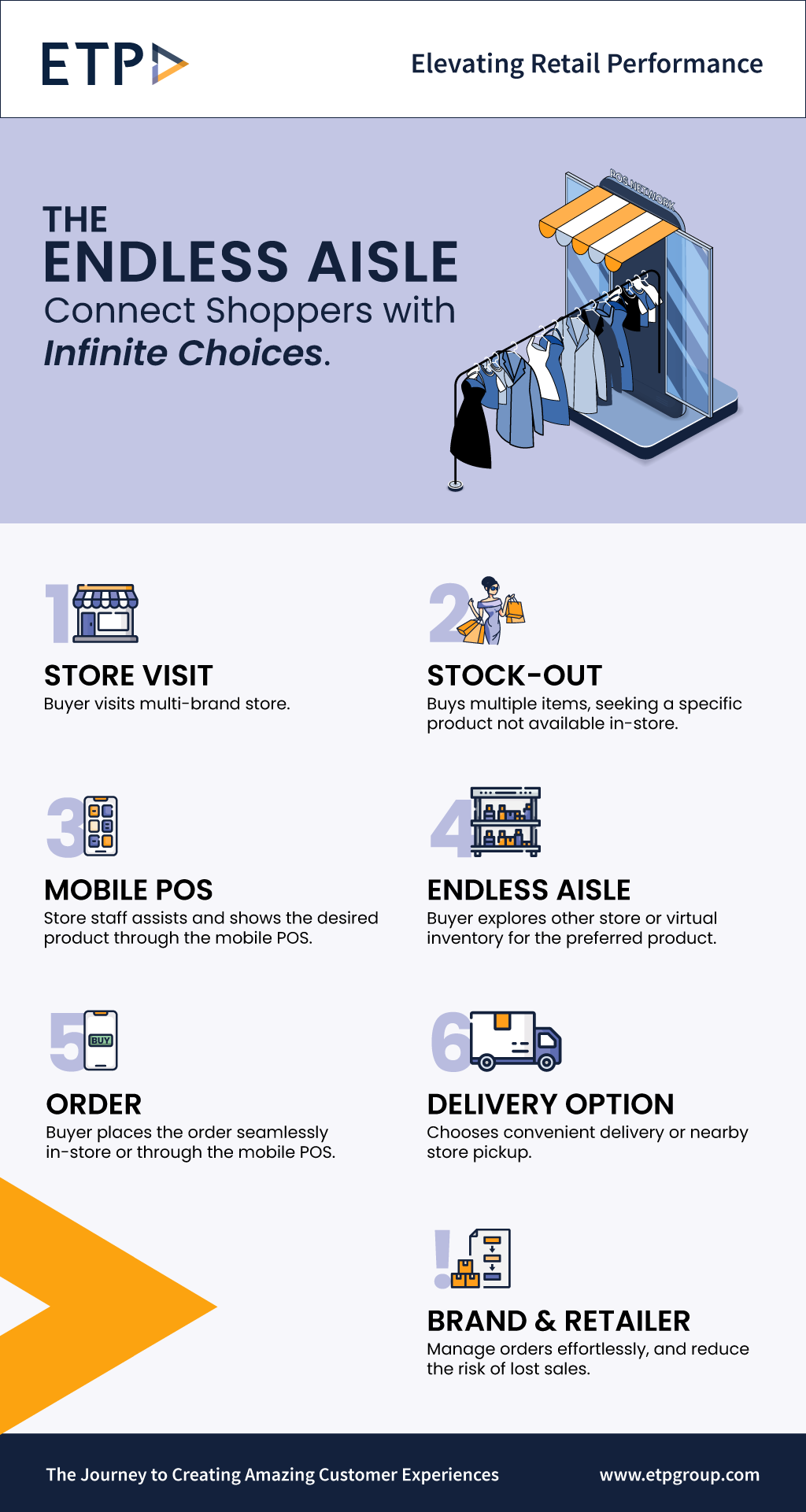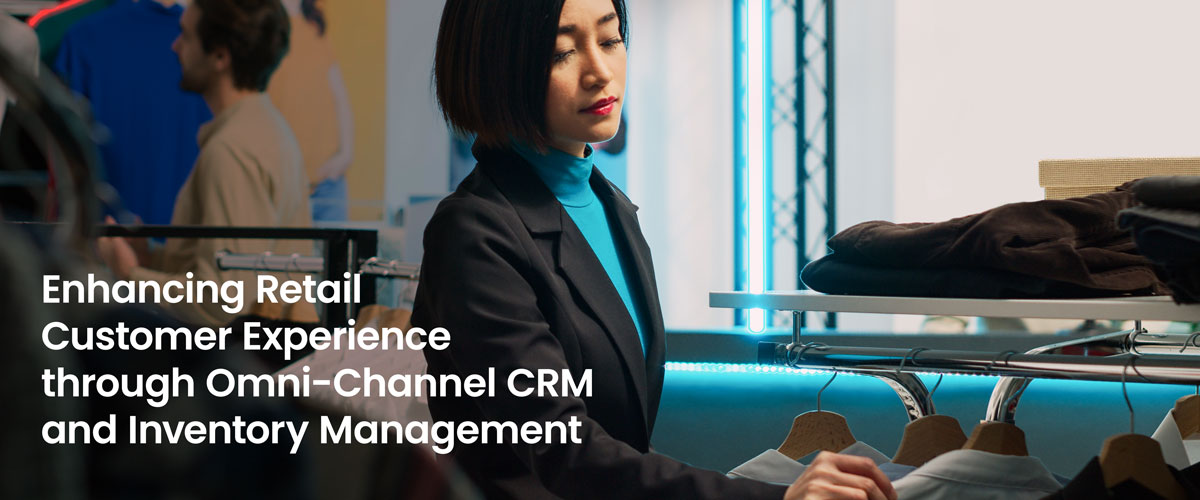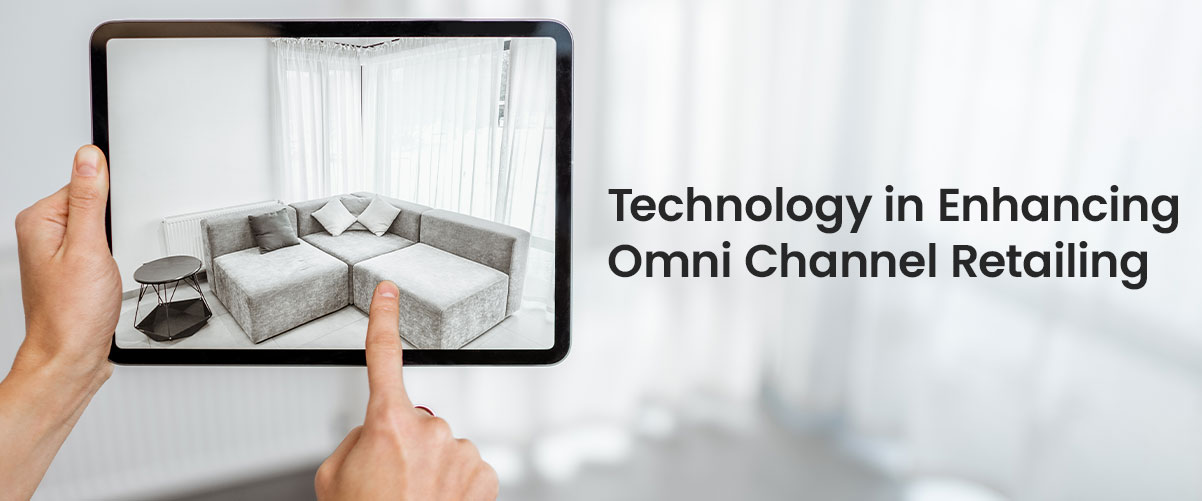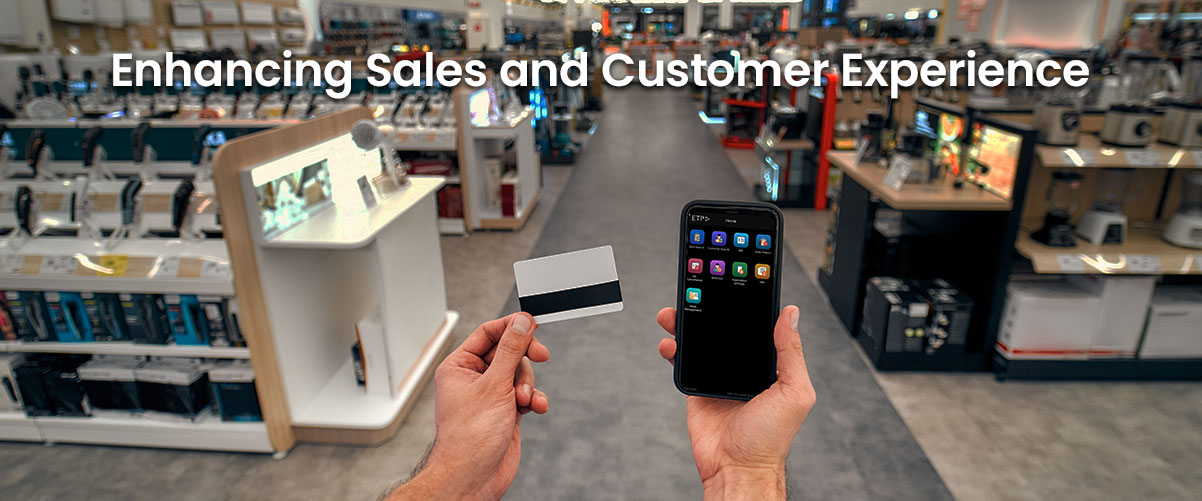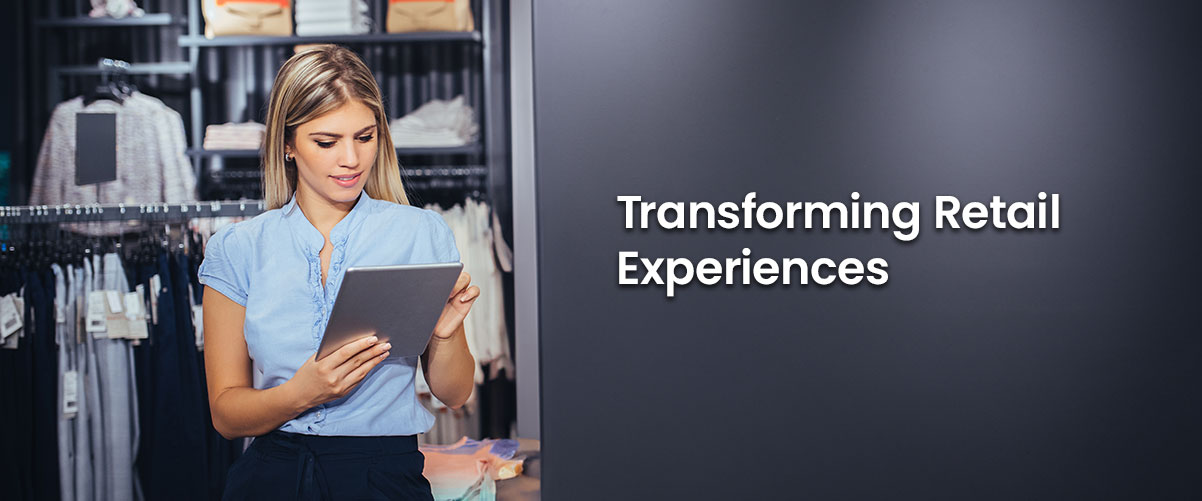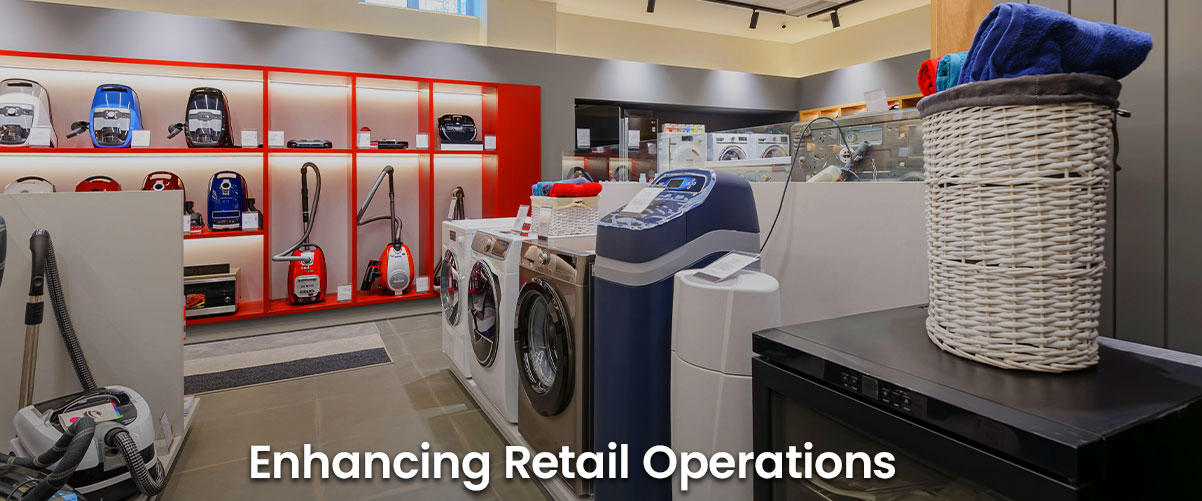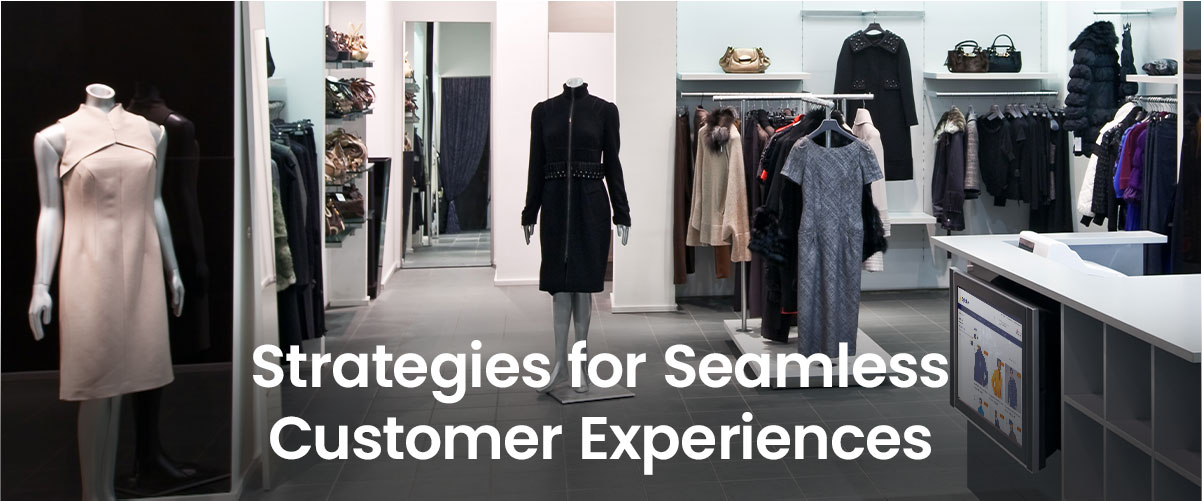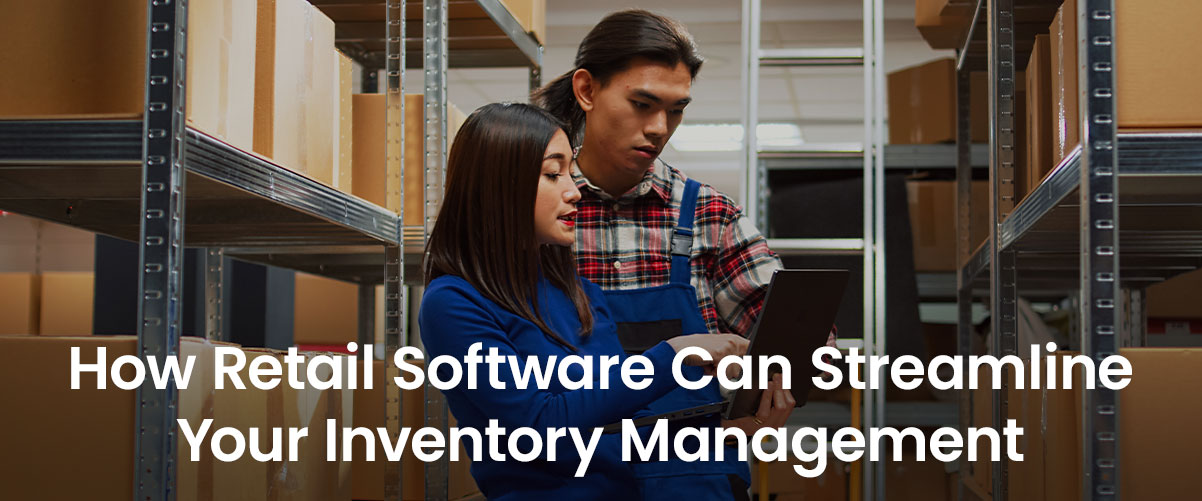
Efficient inventory management is essential for the success of any retail business. In today’s fast-paced retail environment, manual inventory management processes are insufficient. Retail software solutions offer a comprehensive and streamlined approach to inventory management, enabling businesses to optimize stock levels, improve accuracy, and enhance overall operational efficiency. This blog will examine the benefits of using Retail Software to streamline inventory management.
Centralized Inventory Control:
Retail software provides a centralized platform where businesses can effectively manage their inventory. It consolidates inventory-related data into a single system, including stock levels, product information, and purchase orders. This centralized approach stops the need for manual spreadsheets and multiple databases, reducing the risk of errors and ensuring accurate and up-to-date inventory information.
Real-Time Inventory Visibility:
One of the key advantages of retail software is its ability to provide real-time visibility into inventory levels. With accurate and up-to-date information readily available, businesses can make informed decisions regarding stock replenishment, purchasing, and sales. Real-time inventory visibility minimizes the risk of stockouts or overstocks, helping businesses optimize stock levels and reduce carrying costs.
Automated Inventory Tracking:
Retail software automates the inventory tracking process, eliminating the need for manual counts and reconciliations. Businesses can easily update inventory records as products are received, sold, or transferred using barcode scanning or RFID technology. This automation reduces human errors, improves accuracy, and saves time, allowing employees to focus on more value-added tasks.
Demand Forecasting and Planning:
Retail software often includes advanced analytics and forecasting capabilities, enabling businesses to predict future demand accurately. By analyzing historical sales data, seasonal trends, and market dynamics, the software can generate accurate demand forecasts. This information helps businesses plan their inventory levels, determine reorder points, and optimize their supply chain processes, ensuring that the right products are available at the right time.
Efficient Order Management:
Retail software streamlines order management processes, from purchase orders to order fulfilment. It automates creating and tracking purchase orders, ensuring timely stock replenishment. It also enables businesses to allocate stock efficiently, manage backorders, and track order status in real time. These features enhance order accuracy and fulfilment speed, improving customer satisfaction and loyalty.
Integration with Point of Sale (POS) Systems:
Integrating retail software with POS systems creates a seamless flow of data between sales and inventory management. When a sale is made, inventory levels are automatically updated in real time. This integration gives businesses accurate insights into stock availability, sales performance, and customer buying patterns. It also helps prevent overselling or underselling, optimizing inventory turnover and revenue generation.
Streamlined Reporting and Analytics:
Retail software offers robust reporting and analytics capabilities that provide valuable insights into inventory performance. Businesses can generate customized reports on key metrics such as stock turnover, sales velocity, and gross margin. These reports help identify slow-moving items, optimize product assortments, and make data-driven decisions to improve inventory performance.
In today’s competitive retail landscape, efficient inventory management is essential for business success. ETP Retail Software solutions offer many benefits, including centralized inventory control, real-time visibility, automated tracking, demand forecasting, efficient order management, integration with POS systems, and streamlined reporting and analytics.
By adopting ETP retail software for inventory management, businesses can optimize stock levels, reduce costs, improve accuracy, and enhance customer satisfaction. With ETP, retailers can streamline their operations, stay ahead of market trends, and ultimately drive business growth.


